1 ) Gunther IV (German Shepherd) – 372 million dollars
Gunther IV, is a German Shepherd who owns 372 million dollars! The dog owns a house a BMW roadster, a driver, a chef and many servants.
This dog actually inherited his wealth from its father Gunther III which also is a German Shepherd who received its wealth from Karlotta Liebenstein who was a German countess. Gunther IV also bought a Villa from Madonna. His wealth continues to increase thanks to trust funds.
2 ) Kalu (Chimpanzee) - $80 million dollars

Kalu is a chimpanzee who inherited $80 million from a former Australian Olympic swimmer Frank O’Neill
“Every time I swam in the pool, she used to run up and down and hit me on the head, but we had a great relationship,”
said a sporting Mr O’Neill. Kalu also stole his cigarettes and drank his beer.
3 ) Trouble Helmsley (Dog) – $12 million dollars

This dog inherited $12 million dollars from a stingy New York billionaire, Leona Helmsley. Leona Helmsley was mentally unstable which was recognized by the court and was to collect $10million dollars from the lap dog for the woman’s grandchildren. However the dog’s lawyers think that it is against the dog’s right.
4 ) Tina and Kate the Collie Crosses (Dog) $1 million dollars and other inheritance

The dogs recieved $1million from their owner Nora Hardwell. They also received her home which comes with five acres, so these millionaire dogs have plenty of room to run.
5 ) Jasper and Jason: (Dogs) $50,000 dollars each and other inheritance

Mrs Myburgh left $50,000 worth of trust funds to each of her dogs Jasper and Jason. But unfortunaltely Jason passed away and his share was inherited by Jasper. This makes Jasper $100,000 net worth.
The dogs also own a 1,236 acre estate that is worth a lot more than $1 million, and enjoy the finest steaks prepared by a personal chef and ride around in a stretch limo.
6 ) Tinker (Cat) – $1 million dollars

This cat Tinker was only a stray ordinary cat which regularly visited Margaret Layne who was an old widow. Due to Tinker’s loyalty to the old widow she inherited trust funds and a new home which altogether is worth around $1 million dollars.
7 ) Porgy,Pride,Joy & Ronald (Cats) – $120 million dollars

There is no pics of the cats or the owner so this is a picture of the bookshop owned by Queen Christina Foyle
Christina Foyle is the late bookshop queen who was the owner of Foyles in Charing Cross Road. She died in June 1999 and left $120 million dollars estate to her 4 cats.
“I’ve always been an avid cat lover and Miss Foyle left me all her nine cats,” explains her former housekeeper Maureen Harding.
“And I’ve still got four of them left.”
The $140,000 cottage Harding was left to live in with the cats was sold and the money used to buy a new home for the feline family in Essex. Porgy, a tortoiseshell and at 17 the oldest, sleeps in Harding’s bedroom; then come Pride and Joy (both tabbies) and Ronnie, the youngest.
“Ronnie’s a bit of a bully, I’m afraid. Quite a character although he can be spiteful. But they’re all sweethearts really,” says Harding.
8 ) Silverstone (Tortoise) – $200,000 dollars

Aged over 50, this tortoise got his name when he was set down on a lawn on Grand Prix day and proceeded to make extremely pacy progress across the grass.
He was another beneficiary of Christina Foyle.
She left $200,000 to handyman Anthony Scillitoe and his wife Eileen to look after her six tortoises plus a collie cross, who died shortly after his mistress.
9 ) Top Cat and Matilda (Cats) – $20,000 dollars

This pair became aristocats when their owner, a retired librarian in Aberdeen called died in October 2004 leaving $20,000 for the care of each of her cats.
The minister’s daughter had been parsimonious when it came to her own creature comforts – she travelled everywhere by bus and saw no need to have central heating – but clearly felt her cats were worth a little more.
10 ) Angus (Cow) Larry (Lamb) – $16,000 dollars

Queen Mother created a $6million trust before she died and the herd of animals was to be the wealthiest set of animals in Britain. Each of the animals had a personal fortune of around $16,000 dollars.
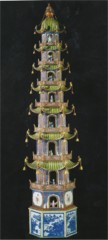




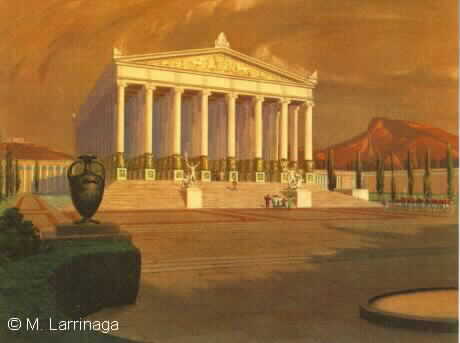
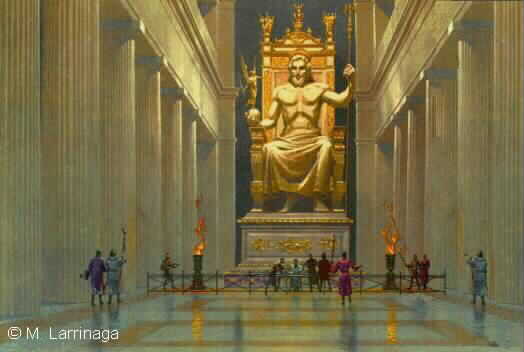
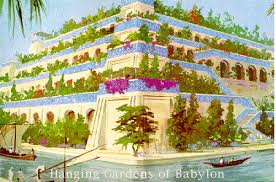


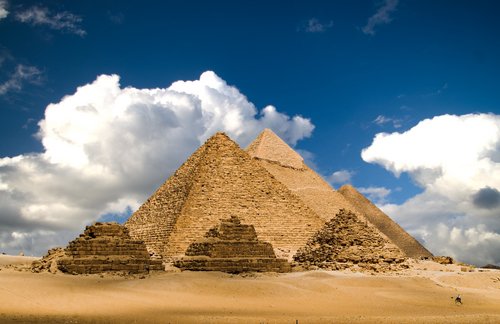
 Yushan (Chinese:
Yushan (Chinese: 
 Here is a listing of some of the beautiful temples of the World! Includes the Harmandir Sahib in Amritsar, Taktshang in Bhutan, Wat Rong Khun in Thailand, Prambanan in Indonesia, Shwedagon Pagoda in Burma, Temple of Heaven in Beijing, Chion-in in Japan, Sri Ranganathaswamy Temple in Tamil Nadu & the Angkor Wat in Cambodia.
Here is a listing of some of the beautiful temples of the World! Includes the Harmandir Sahib in Amritsar, Taktshang in Bhutan, Wat Rong Khun in Thailand, Prambanan in Indonesia, Shwedagon Pagoda in Burma, Temple of Heaven in Beijing, Chion-in in Japan, Sri Ranganathaswamy Temple in Tamil Nadu & the Angkor Wat in Cambodia.



































